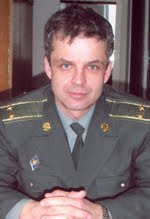As you know, many events of the Great Northern war as well as a personality of the Swedish King Charles XII was reflected in poetry, painting, and classical music. Not long ago a famous Swedish power metal group Sabaton has made a valuable contribution to the perpetuation of the memory of the King. Their concept album Carolus Rex is based on the history of the Swedish Empire, whose monarch Charles XII gives it its title. It is the last album to feature guitarists Oskar Montelius and Rikard Sundén, drummer Daniel Mullback and keyboardist Daniel Mÿhr. It was produced by Peter Tägtgren in Abyss Studios. The album received critical acclaim and commercial success, achieving gold certification in Poland and platinum in Sweden.
The album was released on May 25th 2012. On 18 June 2013, the album Carolus Rex was certified platinum in Sweden with 40,000 album sales, making it the "most successful Swedish heavy metal album ever" according to the band. In June 2017 the album was presented to the audience on the Tons of Rock Festival. This festival is becoming one of the most exiting festivals in Scandinavia, situated in the fortress of Fredriksten, one of the most spectacular sites in Europe. Close to the Swedish border and overlooking the beautiful city of Halden, Fredriksten Fortress was built in the 17th century. Among many historic events, the siege of the fortress in 1718 by Swedish army - where the legendary Swedish king was killed.






